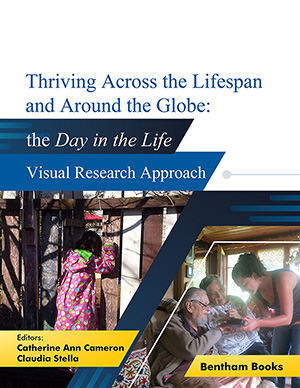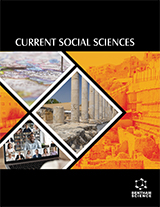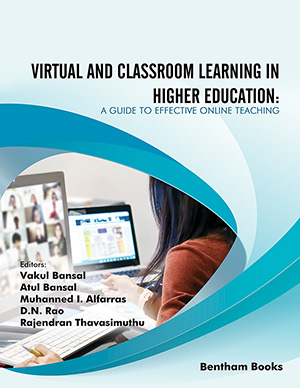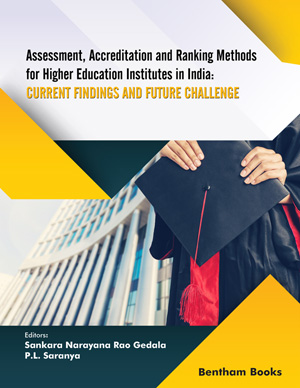Abstract
To children starting their schooling process, the insertion into another cultural context can often be a critical period in academic development. Based on Bronfenbrenner’s ecological framework and biopsychosocial approach, and using the “Day in the Life” approach, this chapter presents the experience of Vitória, a six/sevenyear- old girl born in Rio Grande do Sul, a state in the south of Brazil, now living with her mother in the city of São Paulo. The constant trips mother and daughter make to their home state allow contact with grandparents and cousins, along with the family’s original culture, favouring the maintenance of the southern influence in her day-to-day life. This can be observed in her vocabulary, in some of her activities, and social interactions. Vitória displayed successful integration, preserving elements from her original culture while demonstrating excellent adaptation to the new routines in São Paulo. The interconnections – among family, teachers, and school – greatly contributed to the child’s flourishing transition, enabling a secure intercultural identity, combining values of both cultural contexts effectively. In order to live inside and in-between two cultural contexts, assimilating traditional values and beliefs inherited from the family is necessary, while also assimilating new cultural values and beliefs of the society and specifically the newly encountered school system. The intercultural success of this child is observable in how she integrates two cultures with confidence and admiration from her parents and teachers, dealing with the values of both social groups in a symbiotic and non-competitive way.
Keywords: Adaptation, Biopsychosocial Approach, Cultural Integration, Cultural Transition, Family System, Interaction, Intercultural Identity, School, Schooling.













